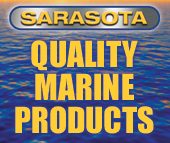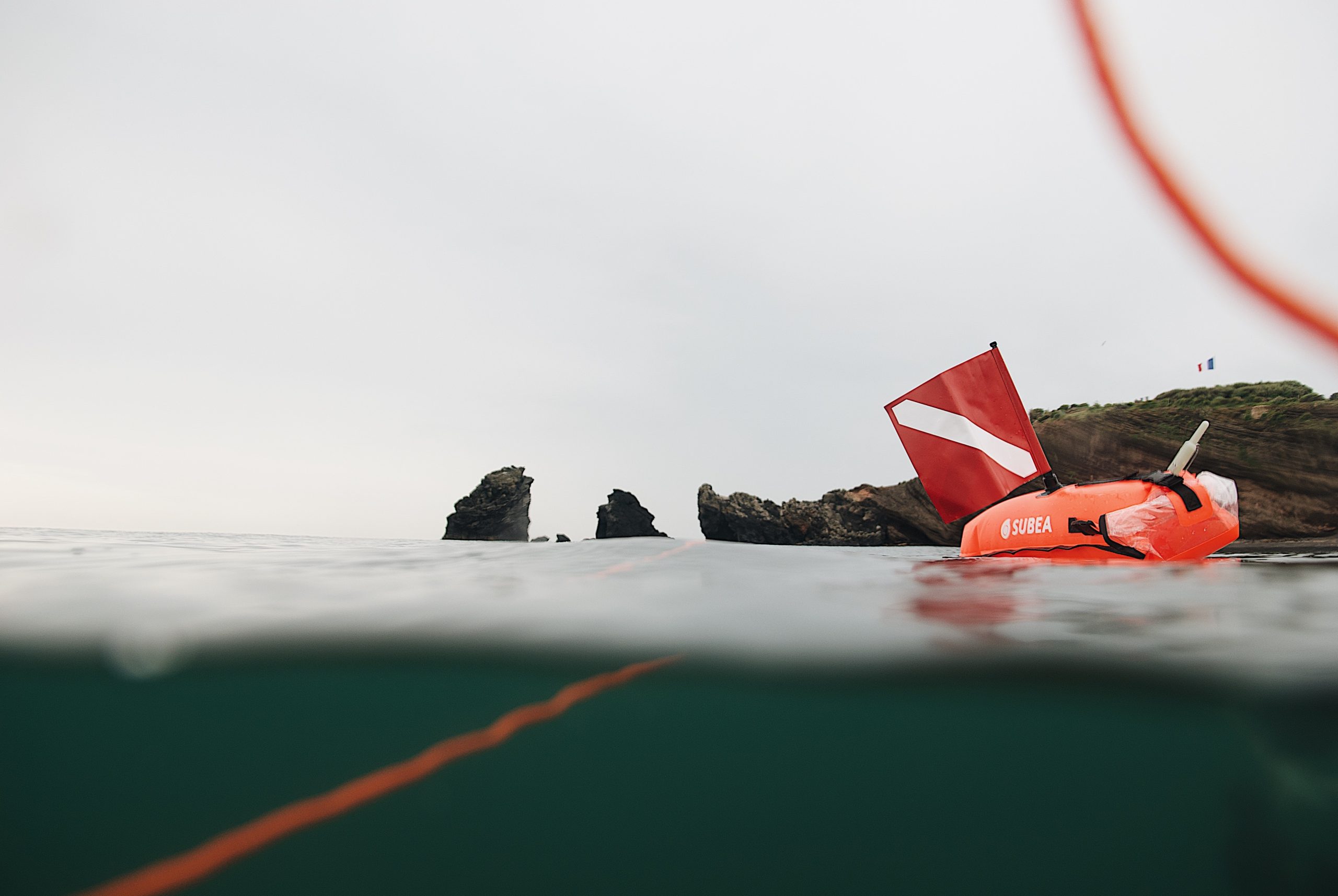When most people hear the term marine safety, they often think of the United States Coast Guard. And while accurate Coast Guard personnel investigate marine casualties, manage our waterways, and license merchant mariners, we all need to participate in keeping our channels safe.
Every year, primarily when you put in and take out your boat, you should be checking that your boat is in good condition—this is the construction, wiring, stability, safety railings, and navigation equipment.
More than 76 million recreational boaters are in the US waterways anytime. It’s important to practice water safety to prevent incidents from happening out on the water.
Items You Must Have in Your Boat
- Wearable Personal Flotation Devices (PFDs)
An accessible, wearable PFD (Type I, II, or III) is a life jacket that must be available for each person on board. Kids 12 and under must always wear their PFD on a moving vessel. In case of an emergency of any kind, the first thing you should do is ensure that all passengers onboard immediately put on their life jackets. The USGS teaches life jacket safety across the country.
2. Throwable flotation devices
In addition to the life jackets you wear, you’ll need at least one floating device that you can throw to an individual in the water in case of trouble. This can be a cushion or a ring buoy. Some of these items may come with a line attached so you can pull a person closer to the boat and get them out of the water.
3. Fire extinguisher
Boats under 26 feet long need at least one B-1 type extinguisher, and boats 26-40 feet need two B-1 types or one B-2 fire extinguisher. Review with your family and guests how to operate an extinguisher — pull the pin, squeeze the handle, and aim at the base of the flames.
4. Visual signaling devices
Boats under 16 feet must have flares or nighttime signals. Boats over 16 feet must carry visual signals for day and night use. Examples of pyrotechnic devices or flares that qualify are orange or white smoke and aerial light flares. Some flares are self-launching, while others require a flare gun to send them into the sky. Other nighttime devices include a strobe light, while flags may be used during the day.
5. Sound signaling devices
Sounds can attract help day and night and are especially effective in fog. Portable or fixed horns and whistles work well. Vessels over 39 feet should also carry a bell to be sounded regularly in times of limited visibility, like fog.
Marine Safety First is Our Motto
Your boat is more than a hobby. It’s an expression of who you are. And you want to keep it secure. We understand. We’ve been helping boaters keep their boats safe and achieve greater peace of mind for 35+ years. Let us know how we can help you.

